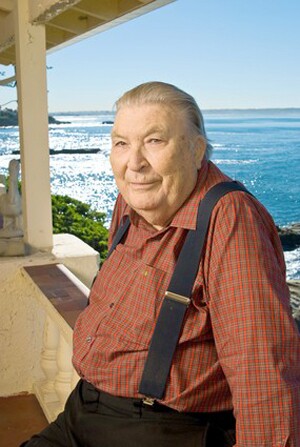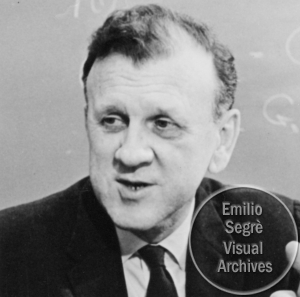Edward Teller
slow loading —>
The U.S. Department of Energy's Office of Scientific and Technical Information

www.osti.gov
—> on phone, small green button toward bottom which says: "View Technical Report."
—> on desktop, small green button toward left, and yes, can be a little slow.
The original conversation was in 1950.
Teller much later wrote on Aug. 13, 1984:
“ . . . and I think he directed it at me,
‘Edward, what do you think. How probable is it that within the next ten years we shall have clear evidence of a material object moving faster than light?‘ I remember that my answer was ‘10 ^ -6’ [ten to the minus six, or one out a million].
Fermi said, ‘This is much too low. The probability is more like ten percent’ (the well known figure for a Fermi miracle). . . ”
Only Teller remembers the specific number Fermi put on the chance of faster-than-light travel (for an object, not necessarily a craft).
And,
“ . . We then talked about other things which I do not remember and
maybe approximately eight of us sat down together for lunch. . ”
The other two guys remember just the three of them plus Fermi, so Teller is probably blurring a couple of conversations together.
I mean, the guy is trying to remember something from 34 years ago, and on a topic not centrally connected to his work, so no wonder! I think we should probably cut him some slack and realize that it’s going to be imprecise.






